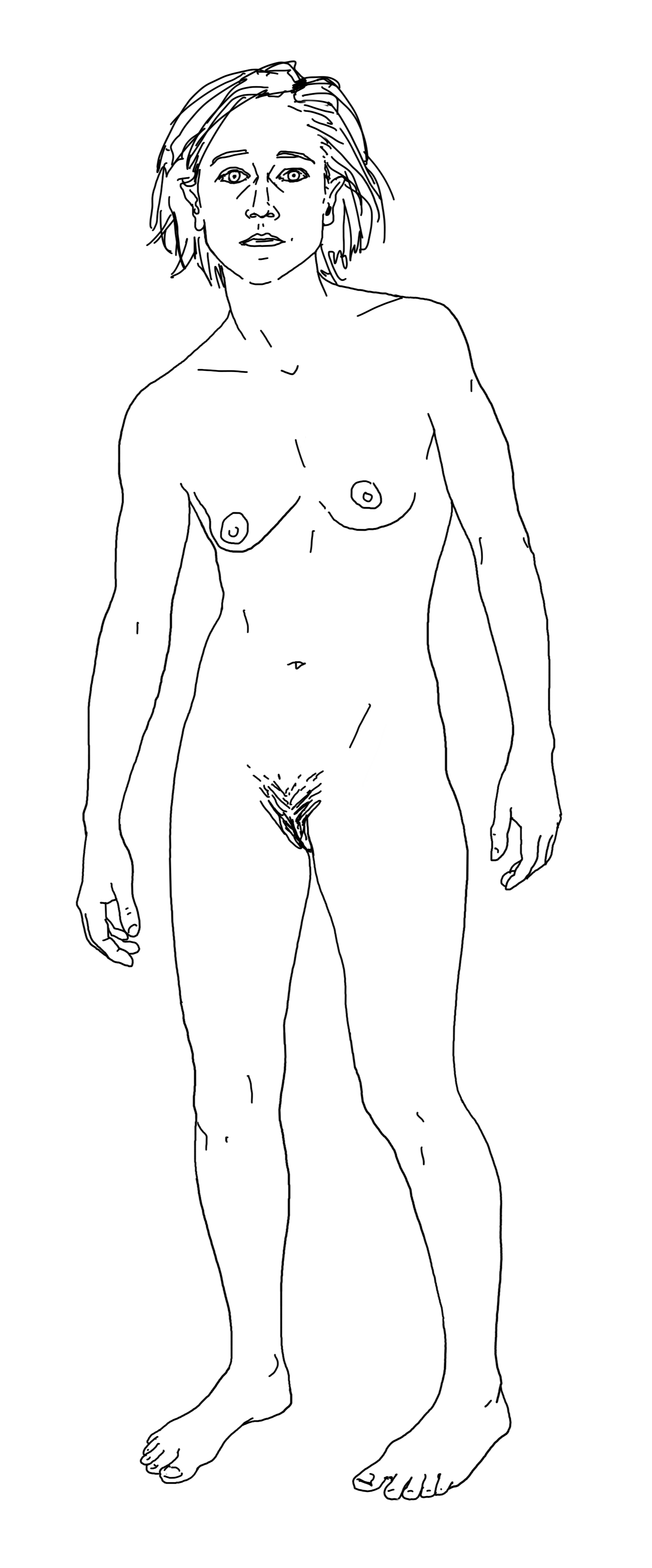The Atlas Project
A Project created by Sahra Huby
The Atlas Project is an attempt to expand our comprehension of the human body, questioning the ways it is represented and defined, and trying to deconstruct the idea of a body as a one and only limited entity, fixed in space and time.
Our bodies are various, temporary, changing, blurry, complex, interdependent, ungraspable,…and therefore cannot, in my eyes, be reduced to one rigid concept.
Observing how visual representation and language create knowledge, I choose to use those same strategies to propose a “counter-knowledge”, drawing new maps for other perspectives and creating new terminologies for a playful and multiple approach of the body.
As dancer and researcher, I use my physical and somatic approach to explore and investigate new body parts and concepts, questioning and multiplying the ways we understand and perceive the body, rather than giving answers or creating new dogma. The maps, drawings and concepts are in continuous changement, they are part of a practice of naming and making visible, not as a fixation but as a notation system of something in movement.
This website documents the steps of a research that can never be finished. This research starts with my own subjective and personal practice, using my experience as a contemporary dancer, and as a white European person, identified and identifying as “female” and “abled”.
I use my body as a prototype, as my first and direct source of knowledge, an archive of experiences and the mirror of a society.
This body is just one of many other subjective and personal bodies, who might be not represented, not referred to, when thinking of “human body”. Who are these other bodies? Which bodies get space? Which bodies get a voice? What are the experiences of those other bodies? This project grows with each body joining in.
And also with you visiting this website and eventually sending us some scores, adding your own vision to the archive.
Thoughts on the reference body
Working with my own body as a prototype for my maps, I use a similar approach to the traditional practice of using one single body as reference. But instead of using the image of a white muscular men, like in most of our traditional anatomy and western medicine books, I decided to start the research by putting my own body instead of following the body esthetic of ancient Greece or Leonardo da Vinci’s Vitruvian man.
My body, by the way, is not very different from the traditional reference body, as it is also white, slim, muscular and able-bodied, but it is a first step of reappropriation. As a dancer this is my instrument of investigation, and is therefore my starting point.
This practice brings the question in which position the ‘reference’ body is represented. Again, I try to disrupt the conventional representation of the body, standing in a symmetrical schematized position, and I searched instead for another position, which shows my body in a looser, softer, more personal and casual way. This is my reference base map, which you will find in many places on the website.
In general this approach of using a reference body for mapping is I think very problematic, as it promotes the idea of one „normal“ body, and ignores the multiplicity, the situatedness, the uniqueness, and the subjectivity of bodies.
That is why I invite other bodies in the research, and invite you to join the archive and draw your own maps.
Thoughts on frontal mapping
In most of the conventional representations, the body is shown from the perspective of someone looking at another body, which I think alienates the viewer from the picture, instead of taking their perspective.
The viewer has to switch mentally the sides of the image to make the drawing fit their own body.
I think this might be a reason why I personally still have a hard time remembering on which side of my body my organs are. So I decided for all anatomical drawings to use a mirrored representation of the body instead of the conventional one, because I believe that way it is easier for our brains to transfer the image to our own body.




